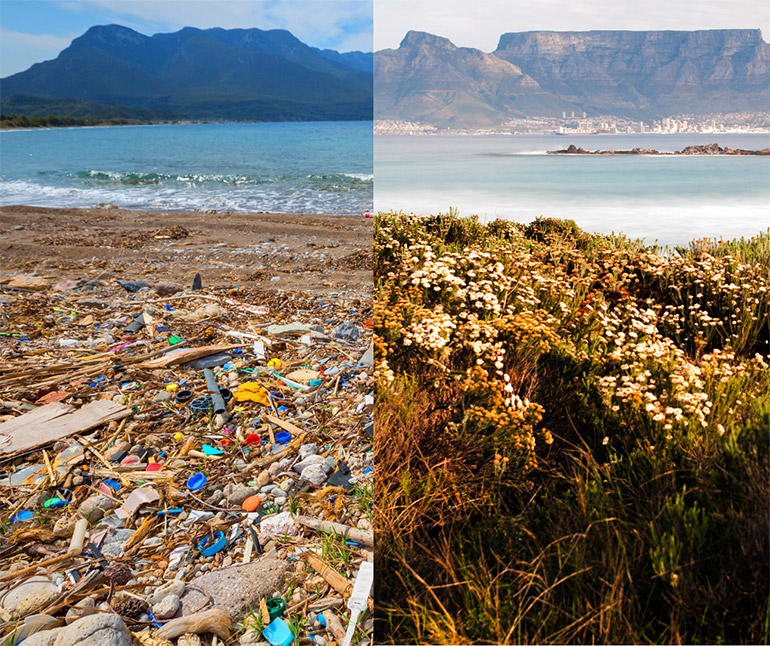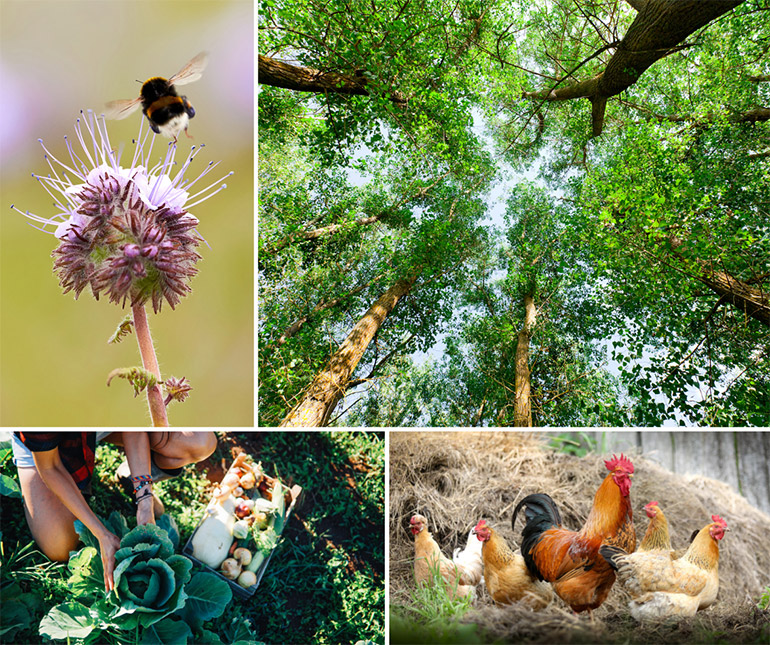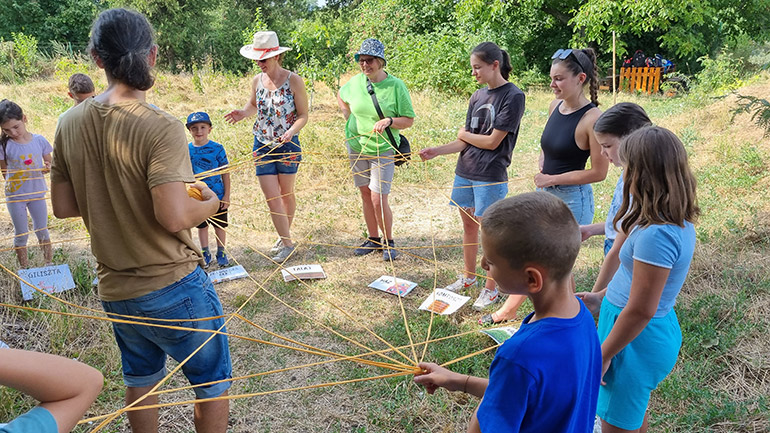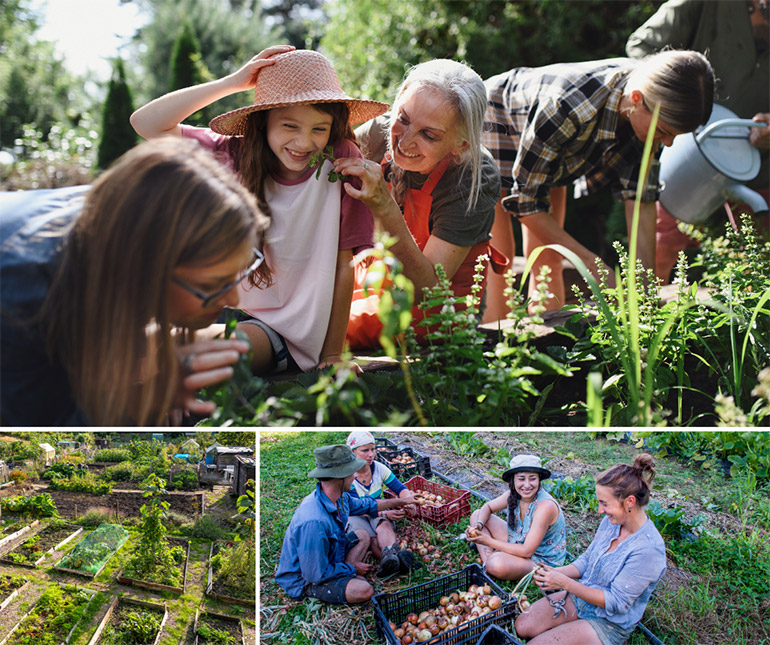“Permaculture is a sustainable design system that creates a harmonious human environment.”
– Bill Mollison
The basic principles and philosophy of permaculture were developed by Australians Bill Mollison and David Holmgren in the 1970s. They realized that if humanity continues to deplete the Earth’s resources (due to unjust distribution of natural resources, overconsumption, and prioritization of economic interests over environmental protection), it will harm both natural systems and human communities.

Permaculture integrates ecological processes into everyday life, agriculture, and resource production. Key steps towards sustainability include reducing consumption, increasing energy efficiency, and using renewable energy sources.

Permaculture goes beyond traditional organic farming by integrating all elements of a farm (plants, animals, topography, climate, structures, etc.) into a coherent ecological system, increasing efficiency while reducing energy inputs.

Permaculture not only serves as a natural habitat but also fosters community-building (through community gardens, “time banks,” food sharing, etc.).

In recent decades, permaculture experiments have flourished worldwide, in rural and urban settings, across various climates and terrains, demonstrating its potential for productivity and adaptability.
Ethical principles
Permaculture is guided by three ethical principles: care for the Earth, care for people, and fair distribution of resources.
Sharing surplus and helping
Permaculture advocates for sharing surplus with others and aiding, following the principle of “fair share” of resources among communities.
Remember that these translations are aimed at making the content accessible and engaging for website visitors interested in permaculture.

